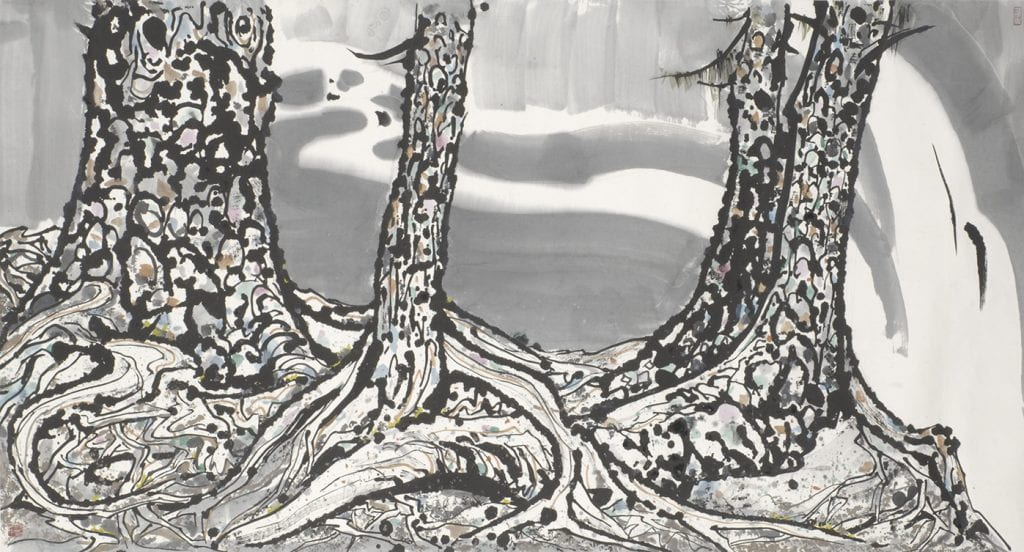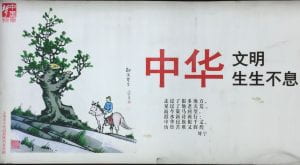Delin Lai, PhD, Professor and Head of Art History Program, Department of Fine Art, the University of Louisville
“Regionality: A Resistant Issue and Keyword in Modern Chinese Architecture”
Respondent: Zhiyan Yang, PhD Candidate, Department of Art History
Friday, February 28, 2020
4:30-6:30 pm, CWAC 152
Refreshments and a catered dinner will be provided
Abstract: This paper decodes various manifestations of “regionality”, an important issue and keyword in modern Chinese architectural history. It argues that each manifestation was a response to cultural, political, social, or even professional challenges faced by architectural scholars, officials, or practitioners. The notion of regionality thus may be interpreted as strategies of criticism or resistance. As “vernacular architecture” it was to criticize monument-dominated historical study, as “the study of local geography” to resist the International Style, as “regional styles” to resist the monopoly of the state discourse, as “Critical Regionalism” or “land-based rationalism” to resist the hegemony of globalized architectural practice, and as “cultural-oriented regionalism” to strive for self-justification in the competition for a national expression.
Li Xiaodong Atelier, Bridge School, Xiaoshi Village, Pinghe County, Fujian, 2009
This event is sponsored by the University of Chicago Center for East Asian Studies with support from a Title VI National Resource Center Grant from the United States Department of Education.
Persons with concerns regarding accessibility please contact Zhenru Zhou (zhenru@zhenruzhou.com) and Yin Wu (yinwu@uchicago.edu).
++++++++++++++++++++++++++++
Delin Lai is an alumnus of the University of Chicago. He studied modern Chinese architecture under the guidance of Professors Wu Hung and Katherine Taylor in the Department of Art History, and graduated in 2007. He is now professor of art history at the University of Louisville. Delin specializes in modern Chinese cities and architecture and their relationship with nationalism, modernism, and Western influence. His publications include Jindai Zhejiang Lu (Who’s who in modern Chinese architecture, 2006), Zhongguo Jindai Jianzhushi Yanjiu (Studies in modern Chinese architecture, 2007), Minguo Lizhi Jianzhu yu Zhongshan Jinian (Ritual architecture in republican China and the cult of Sun Yat-sen, 2012), Zhongguo Jindai Sixiangshi yu Jianzhu Shixueshi (Changing ideals in modern China and its historiography of architecture, 2016), and the papers “Searching for a Modern Chinese Monument: the design of the Sun Yat-sen Mausoleum in Nanjing, 1925-1929” and “Idealizing a Chinese Style: Rethinking Early Writings on Chinese Architecture and the Design of the National Central Museum in Nanjing” in The Journal of the Society of Architectural Historians. He is the Lead Editor of the five-volume book Zhongguo Jindai Jianzhushi (History of Modern Chinese Architecture, 2016).
Zhiyan Yang is a doctoral candidate specializing in the history of modern and contemporary East Asian Architecture. He is currently writing a dissertation on post-socialist architecture in China and its various cultural applications and reflections, including exhibits, journals, history writing and its intersection with contemporary visual culture and art. He received his B.A. from Sarah Lawrence College in 2013 and M.A. from the University of Chicago in 2015. Zhiyan has been a researcher and overseas liaison of the Contemporary Chinese Art Yearbook Project spearheaded by Peking University and the University of Chicago since 2015. He has also previously interned at Xu Bing Studio in New York and the Art Institute of Chicago.









